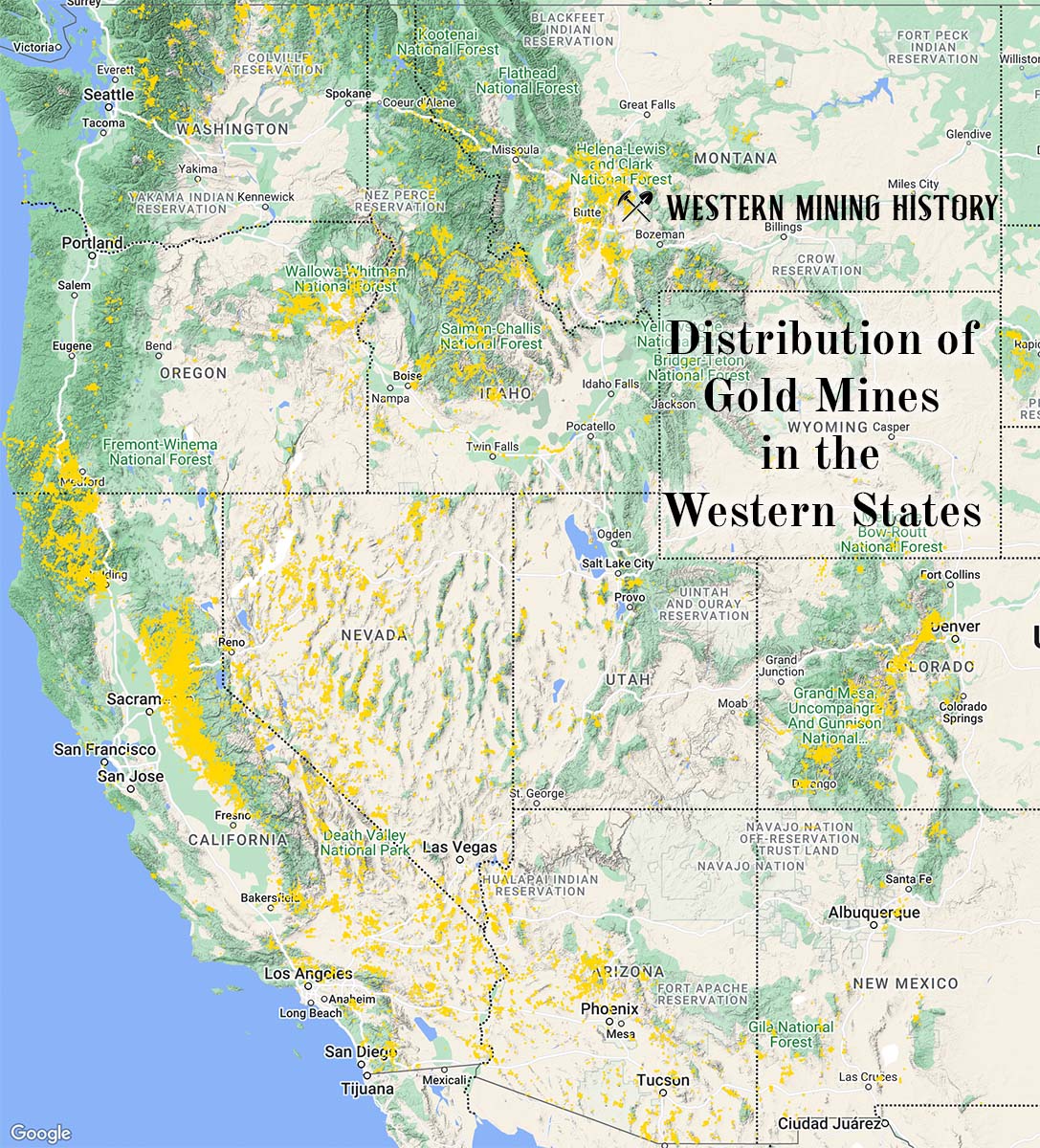The Christophosen is a antimony mine located in Alaska.
About the MRDS Data:
All mine locations were obtained from the USGS Mineral Resources Data System. The locations and other information in this database have not been verified for accuracy. It should be assumed that all mines are on private property.
Mine Info
Christophosen MRDS details
Site Name
Primary: Christophosen
Secondary: Last Chance
Commodity
Primary: Antimony
Secondary: Silver
Secondary: Copper
Secondary: Lead
Secondary: Gold
Location
State: Alaska
District: Nome
Land Status
Not available
Holdings
Not available
Workings
Not available
Ownership
Not available
Production
Not available
Deposit
Record Type: Site
Operation Category: Past Producer
Operation Type: Unknown
Years of Production:
Organization:
Significant:
Physiography
Not available
Mineral Deposit Model
Model Name: Low-sulfide Au-quartz vein
Orebody
Not available
Structure
Not available
Alterations
Alteration Text: Sulfidation along a wide shear zone.
Rocks
Not available
Analytical Data
Not available
Materials
Ore: Azurite
Ore: Chalcopyrite
Ore: Galena
Ore: Gold
Ore: Malachite
Ore: Pyrite
Ore: Pyrrhotite
Ore: Stibnite
Gangue: Quartz
Comments
Comment (Deposit): Model Name = Low-sulfide Au-quartz veins; associated mineralized shear zone (Cox and Singer, 1986; model 36a).
Comment (Workings): Workings / Exploration = The prospect was explored by surface pits and adits that were driven before 1916 on four mining claims (Mertie, 1918 [B 662-I, p. 425-449]). An upper adit was about 105 feet long; the lower adit, in part a crosscut, was driven N 25 W for about 270 feet. A total of about 2.5 tons of stibnite-bearing ore containing more than 58 percent antimony was mined and sold. The prospect was visited by Herreid (1970) and remapped and sampled by Kennecott Exploration Co. in about 1991.
Comment (Geology): Geologic Description = The Christophosen mine is on quartz-sulfide veins as much as 5 feet wide within a weakly mineralized shear zone hundreds of feet across. The shear zone strikes north-northeast and is a mineralized part of the Penny River fault. Discrete veins occur on subsidiary structures southeast of the main shear zone. Samples of the shear zone contained about 100 ppb gold and were strongly anomalous in arsenic. The associated quartz veins contain galena, stibnite, chalcopyrite and display surface stainings of azurite and malachite. The main activity on the claims occurred before 1916, when the mine was visited by Mertie (1918 [B 662-I, p. 425-449]). According to Mertie (1918 [B 662-I, p. 439]), the shear zone is about 100 feet across, strikes about N 20 E, and contains pyrite, pyrrhotite, stibnite, and gold. The mine produced about 2.5 tons of stibnite-rich material that assayed more than 58 percent antimony and contained some gold and silver. A mineralized quartz vein concordant to schistosity was cut off by the shear zone. Although the vein contained sulfides, including stibnite, Mertie proposed that the quartz was early, predating the sulfide mineralization. The prospect was also visited by Herreid (1970, p. 36), who called it the Last Chance prospect. Herreid reported scattered stibnite crystals about 0.25 inch across in one quartz vein and found about 0.1 ounce of gold per ton in a graphitic fault zone about 900 feet northeast of the prospect. The country rock near the mine was mapped as chlorite-rich metaturbite schist and marble by Bundtzen and others (1994).
Comment (Geology): Age = Mid-Cretaceous or younger; host structure crosscuts rocks metamorphosed in the mid-Cretaceous.
Comment (Production): Production Notes = More than 2.5 tons of stibnite ore assaying more than 58 percent antimony were produced.
Comment (Reference): Primary Reference = Mertie, 1918
Comment (Exploration): Status = Inactive
References
Reference (Deposit): Bundtzen, T.K., Reger, R.D., Laird, G.M., Pinney, D.S., Clautice, K.H., Liss, S.A., and Cruse, G.R., 1994, Progress report on the geology and mineral resources of the Nome mining district: Alaska Division of Geological and Geophysical Surveys, Public Data-File 94-39, 21 p., 2 sheets, scale 1:63,360.
Reference (Deposit): Cobb, E.H., 1972, Metallic mineral resources map of the Nome quadrangle, Alaska: U.S. Geological Survey Miscellaneous Field Studies Map MF-463, 2 sheets, scale 1:250,000.
Reference (Deposit): Cobb, E.H., 1978, Summary of references to mineral occurrences (other than mineral fuels and construction materials) in the Nome quadrangle, Alaska: U.S. Geological Survey Open-File report 78-93, 213 p.
Reference (Deposit): Cathcart, S.H., 1922, Metalliferous lodes in southern Seward Peninsula: U.S. Geological Survey Bulletin 722, p. 163-261.
Reference (Deposit): Herreid, G.H., 1970, Geology and geochemistry of the Sinuk area, Seward Peninsula, Alaska: Alaska Division of Mines and Minerals Geologic Report 36, 61 p., 3 sheets, scale 1:42,000.
The Top Ten Gold Producing States

These ten states contributed the most to the gold production that built the West from 1848 through the 1930s. The Top Ten Gold Producing States.